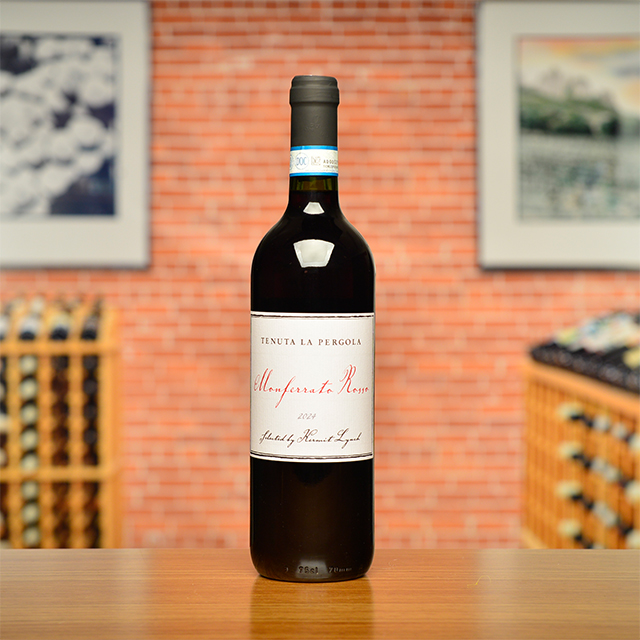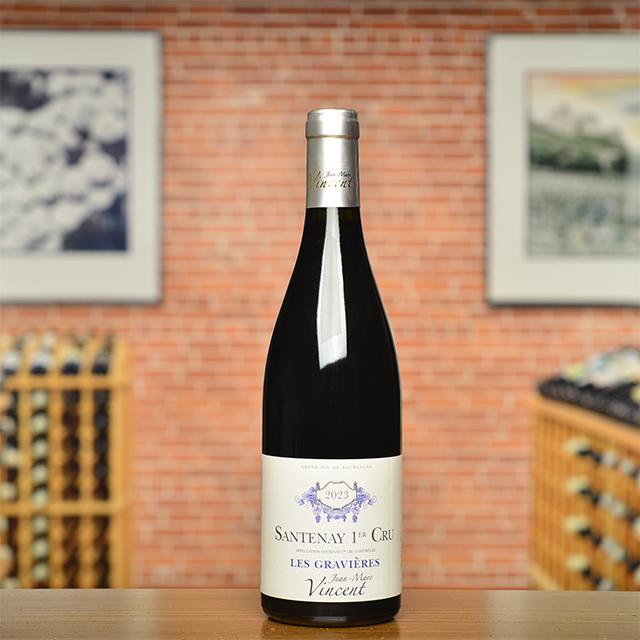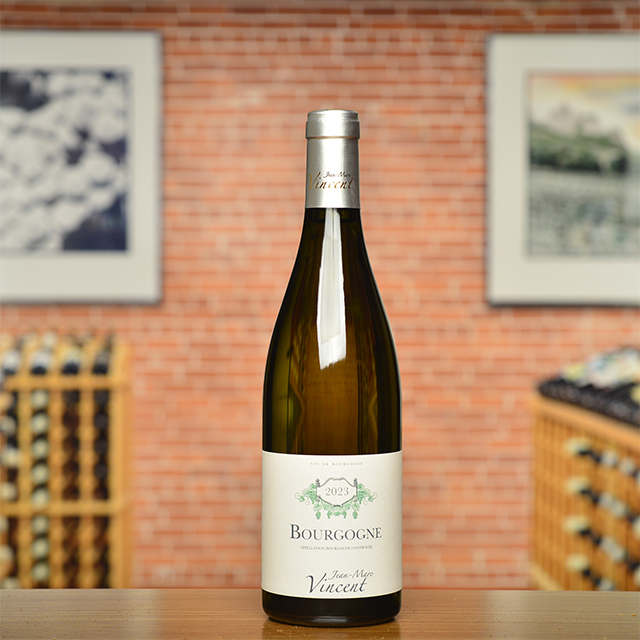Notify me
2022 Dolcetto di Diano d’Alba “Sörì Santa Lucia”
Il Palazzotto
Depending on where it’s grown and how it’s raised, Dolcetto can range from bright and tangy to dark and structured. From one of the grape variety’s great terroirs, Il Palazzotto’sSörì Santa Lucia combines the best of both ends of the spectrum. It’s joyous enough for pizza night but also has enough complexity and depth to stand up to your favorite winter stew.
—Tom Wolf
| Wine Type: | red |
| Vintage: | 2022 |
| Bottle Size: | 750mL |
| Blend: | Dolcetto |
| Appellation: | Dolcetto di Diano d'Alba |
| Country: | Italy |
| Region: | Piedmont |
| Producer: | Il Palazzotto |
| Winemaker: | Paolo Olivero |
| Vineyard: | Planted in 1979, 1988, 1992 ; 1.5 ha |
| Soil: | Chalky Marl |
| Aging: | Aged in stainless steel tank until August or September of year following vintage |
| Farming: | Sustainable |
| Alcohol: | 13.5% |
More from this Producer or Region

2024 Dolcetto d’Alba “V. Pari”
Italy | Piedmont
December Adventures Club ~ Prime placement in a great vineyard site provides exquisite balance, gentle tannin, and notes of brambly fruit.

2017 Barolo Bussia Riserva “Cascina Dardi”
Italy | Piedmont
Alessandro Fantino’s Riservas are as good as Barolo gets.

2020 Barolo “La Tartufaia” MAGNUM
Italy | Piedmont
The wines produced from La Tartufaia are textbook examples of classically structured Barolo typical of the area.

2024 Barbera d’Alba “Vigna Santa Caterina”
Italy | Piedmont
For pasta night, it checks all the boxes: ripe berry fruit with cleansing acidity; richness contrasted by vivaciousness.

2024 Monferrato Rosso
Italy | Piedmont
A laid-back Barbera-based rosso with soft fruit and gentle tannins to enjoy with anything, not just Italian food, from spicy dishes with a bit of heat to funky, fermented fare.

2022 Valli Ossolane Nebbiolo Superiore “Prünent”
Italy | Piedmont
This smooth and noble wine has the depth and structure to pair with venison or other wild game while remaining immediately approachable. There are no rough edges!

2022 Dolcetto di Diano d’Alba “Sörì Cristina”
Italy | Piedmont
Supple, pretty notes of freshly crushed blackberries and raspberries—it will pair well with pretty much anything.

2023 Langhe Nebbiolo
Italy | Piedmont
There’s no mistaking this red for anything other than Nebbiolo—perfectly ripe fruit and the telltale scents of tar and roses.

2022 Dolcetto d‘Alba “La Costa” MAGNUM
Italy | Piedmont
Bone-dry and tangy, with brambly black fruit and a bold, old-school Italian bite.

2023 Erbaluce di Caluso “Le Chiusure”
Italy | Piedmont
Hailing from the northern edge of Piedmont, at the foot of the Alps, this gorgeous bottle courses with energy and bursts open with notes of citrus, pear, white flowers, and a faintly saline finish.
 /
/
About The Producer
Il Palazzotto
About The Region
Piedmont

Kermit’s love affair with the great reds of Piemonte dates back to the early days of his career: the very first container he imported from Italy, in fact, featured legendary 1971 and 1974 Barolos from Vietti and Aldo Conterno. Regular visits since then have seen our portfolio grow to now twelve Piemontesi estates, with a strong focus on the rolling hills of the Langhe.
Nebbiolo rules these majestic, vine-covered marl slopes, giving Italy’s most mystifyingly complex, nuanced, and age-worthy reds. When crafted via traditional production methods—long macerations and extensive aging in enormous oak botti—the powerful, yet incredibly refined Barolos and Barbarescos provide haunting aromatics of tar, raspberry, incense, tea, roses, and more. At times austere in their youth but well worth the wait, they pair beautifully with the hearty local cuisine starring veal in many forms, braised beef, pastas like tajarin and agnolotti, and of course, Alba’s famous white truffles.
Surrounded by mountains on three sides, Piemonte’s climate is continental, with baking hot summers and cold winters. Nebbiolo is only part of the story here: juicy, fruity Barberas and Dolcettos represent the bread and butter throughout the region, and other native grapes like Freisa, Croatina, and the white Arneis are also noteworthy. Value abounds in the Monferrato, while Alto Piemonte also has its share of thrills to provide.
Every corner of Piemonte is rich with tradition, especially when wine is concerned. It’s no wonder we have been singing the region’s praises for over forty years.
More from Piedmont or Italy
2022 Barbaresco “Vicenziana”
Silvio Giamello Italy | Piedmont
“Ross da Travaj” Vermouth
Bèrto Italy | Piedmont
2024 Vino Rosso
Tintero Italy | Piedmont
2021 Valli Ossolane Nebbiolo Superiore “Prünent Diecibrente”
Cantine Garrone Italy | Piedmont
2022 Dolcetto d‘Alba “La Costa” MAGNUM
Piero Benevelli Italy | Piedmont
2023 Barbera d’Alba Superiore
A. & G. Fantino Italy | Piedmont
Vermouth Extra Secco
Bèrto Italy | Piedmont
2024 Dolcetto d’Alba “La Costa”
Piero Benevelli Italy | Piedmont
2020 Barolo “Le Coste di Monforte”
Piero Benevelli Italy | Piedmont
2022 Valli Ossolane Nebbiolo Superiore “Prünent”
Cantine Garrone Italy | Piedmont
2020 Barolo “La Tartufaia” MAGNUM
Giulia Negri Italy | Piedmont
2017 Barolo Bussia Riserva “Cascina Dardi”
A. & G. Fantino Italy | Piedmont
2022 Barbaresco “Vicenziana”
Silvio Giamello Italy | Piedmont
“Ross da Travaj” Vermouth
Bèrto Italy | Piedmont
2024 Vino Rosso
Tintero Italy | Piedmont
2021 Valli Ossolane Nebbiolo Superiore “Prünent Diecibrente”
Cantine Garrone Italy | Piedmont
2022 Dolcetto d‘Alba “La Costa” MAGNUM
Piero Benevelli Italy | Piedmont
2023 Barbera d’Alba Superiore
A. & G. Fantino Italy | Piedmont
Vermouth Extra Secco
Bèrto Italy | Piedmont
2024 Dolcetto d’Alba “La Costa”
Piero Benevelli Italy | Piedmont
2020 Barolo “Le Coste di Monforte”
Piero Benevelli Italy | Piedmont
2022 Valli Ossolane Nebbiolo Superiore “Prünent”
Cantine Garrone Italy | Piedmont
2020 Barolo “La Tartufaia” MAGNUM
Giulia Negri Italy | Piedmont
2017 Barolo Bussia Riserva “Cascina Dardi”
A. & G. Fantino Italy | Piedmont
Vintage Chart Mentality

Vintage Chart Mentality
Trust the great winemakers, trust the great vineyards. Your wine merchant might even be trustworthy. In the long run, that vintage strip may be the least important guide to quality on your bottle of wine.—Kermit Lynch














